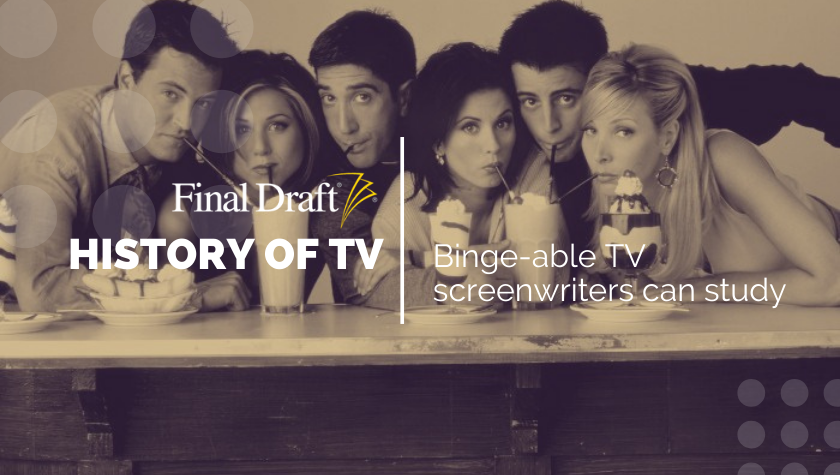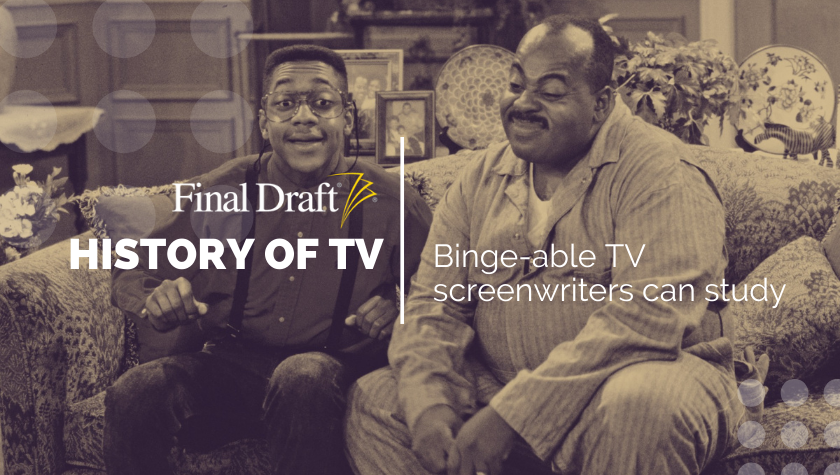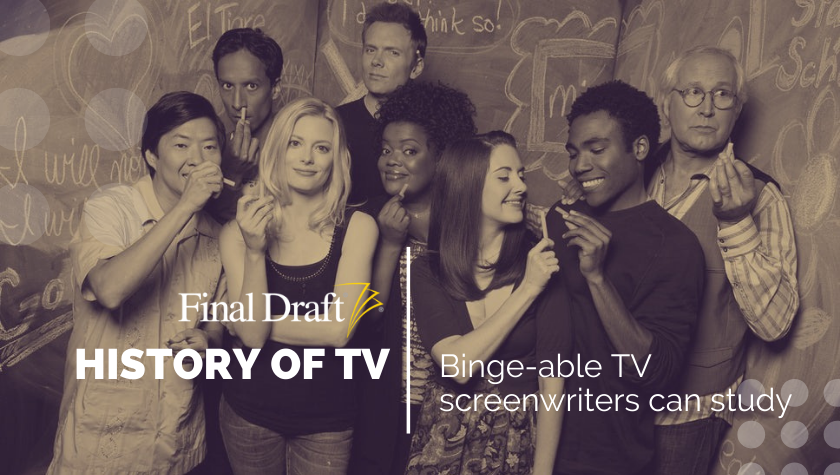History of Television: ‘Modern Family’
June 9, 2022
The world could use a little more love like that found in Modern Family. Creators Steven Levitan and Christopher Lloyd (Frasier) brought us this half-hour family sitcom for 11 years of laughter and pathos.
Its lengthy run is thanks to a comedy gold combination of character, witty dialogue, and a story engine that doesn’t quit: three very different families bound together through blood ties and love, told through a mockumentary structure that underscores the dialogue and theme in every episode with hilarious results. Read on for why Modern Family is a worthy binge for you to study.
The characters that make up a family
There were plenty to choose from in Modern Family. This extended family was a glorious mixture of personality, culture, and sexuality, thereby tackling all the complications, prejudices, and just plain goodness that can come from loving someone enough to break from the norm.
Starting with patriarch Jay Pritchett (Ed O’Neill) and his wife Gloria (Sofía Vergara) whose relationship had major differences in age and culture. In the pilot, he’s even mistaken for her father, which causes Jay to make a questionable wardrobe choice. But Gloria continually insists it doesn’t really matter what anyone else thinks: They’re family, and that’s all that matters. Throughout the series, their difference in age and cultural backgrounds causes conflict, while offering the audience lessons in acceptance.
Another source of conflict stems from Jay’s struggle to accept his son Mitchell (Jesse Tyler Ferguson) as gay. Jay loves him, but can’t quite deal with that fact. This conflict sets up a series-long arc of growth towards patience, learning and understanding. Delivered in the show’s signature comedic tone, the message is endearing instead of being heavy-handed.
Their personalities are nothing to overlook either. Claire’s (Julie Bowen) straight-edge mothering clashing with daughter Haley’s (Sarah Hyland) wild teenage sexuality, Manny’s (Rico Rodriguez) maturity and creative optimism, and Cameron’s (Eric Stonestreet) “extra” personality often in direct opposition to uptight Mitch. All are great examples of different individuals within an ensemble story.
Family dialogue
Both the dialogue and story dip into familiarity, or what some critics have called “too predictable." Perhaps that’s because when you write about family, it most likely comes from a place of truth and while we all have different families, there are some universal truths and that’s why it’s funny— because we can relate. Modern Family delivered them all with a blend of wordplay, slapstick, heart, and charm. There was a warmth to the show that pervaded every word and scenario.
Yes, that meant the show also dabbled in cheese, as is natural for a family comedy on the family network we know as ABC, after all – and yet, it also found layers of feeling mixed with meaning. Like Manny says in season four’s episode 22, “The hero in my family is my family, because of who we are together.” This was right after he witnessed his mom scamming her way into a free meal and Claire “drinking on the job” (babysitting). That's the fine comedic line that Modern Family balances so well.
Structuring the modern family
While Modern Family may be dialogue-heavy, it never feels that way thanks to its mockumentary structure, a clever device that lets us both see "behind the story," while simultaneously underscoring the story during the interview segments in between.
The structure alone is something to consider when mapping out your own story. As long as your style of telling the story supports your theme, it can only elevate your idea. The structure of Modern Family, together with dialogue and delivery, created a momentum specific to the show. The show's pacing made the jokes land, tugged on our emotions, and left plenty of room for the stories to stretch into season-long arcs.
The story engine that could
The diverse family set-ups ensure that we have three families to generate stories, as well as when they intertwine under the larger Pritchett umbrella. The sheer number of characters from different backgrounds shone because of their interactions within a family dynamic and no matter what conflicts arose, they were always a family.
While Mitch and Cameron’s relationship in Modern Family was progressive, the show wasn’t always perfect in its depiction. It was also criticized for the “stay at home mom” trope, primarily in the earlier seasons and those representations are worth learning from, too. Modern Family gave a view of one kind of marriage in each relationship; a snapshot in time, albeit one that over its duration changes along with its characters’ growth.
The Family’s character arcs
Writing 250 episodes ensured plenty of space for the characters to evolve over the show’s run. We saw Claire go from CEO of the family home to CEO of a company. Gloria learned to “let go” of Manny. Cam goes from stay-at-home dad to getting his dream job, and Mitch ventures outside his comfort zone as a result.
Another note-worthy arc you can learn from was Haley growing into her own even though she ended up with the person we saw her first date in the pilot. Would their relationship have worked if she hadn’t evolved as a character? Probably not. Sometimes you need to strike out on your own to discover you had someone under your nose all along.
In Retrospect
Modern Family was outstanding for the sheer number of episodes it lasted, unique structure, and combination of subject matter—there’s a reason it won Outstanding Comedy Series five years running! The depiction of blended, multicultural, nuclear, and LGBTQ+ families offered a clear “love is love” message in a lighthearted way through witty dialogue and comedic trappings. The mockumentary structure updated the common family sitcom style, and most of all, what the show did so well was give us a whole extended family’s worth of lovable characters to watch and learn from.
You can study all 11 seasons of Modern Family on Disney+
Written by: Karin Maxey
After seeing her first big screen movie 007: License to Kill at age six, Karin naturally became obsessed with writing action-infused stories. The next time she’d see Benicio del Toro was in person, at the 68th Cannes Film Festival—he was there for the Sicario red carpet, she was there for her first produced short film in the basement of the Palais…same-same. In between, Karin earned a Creative Writing Degree and landed management at Echo Lake Entertainment. Her scripts have been a Big Break Top 3 finalist, HollyShorts Film Fest Official Selection, and a multi-Screencraft competitions semi-finalist. Karin is also a screenplay editor who delights in the process of polishing writers' work for submission. You can find her at www.writergirlkarin.com.- Topics:
- Discussing TV & Film




